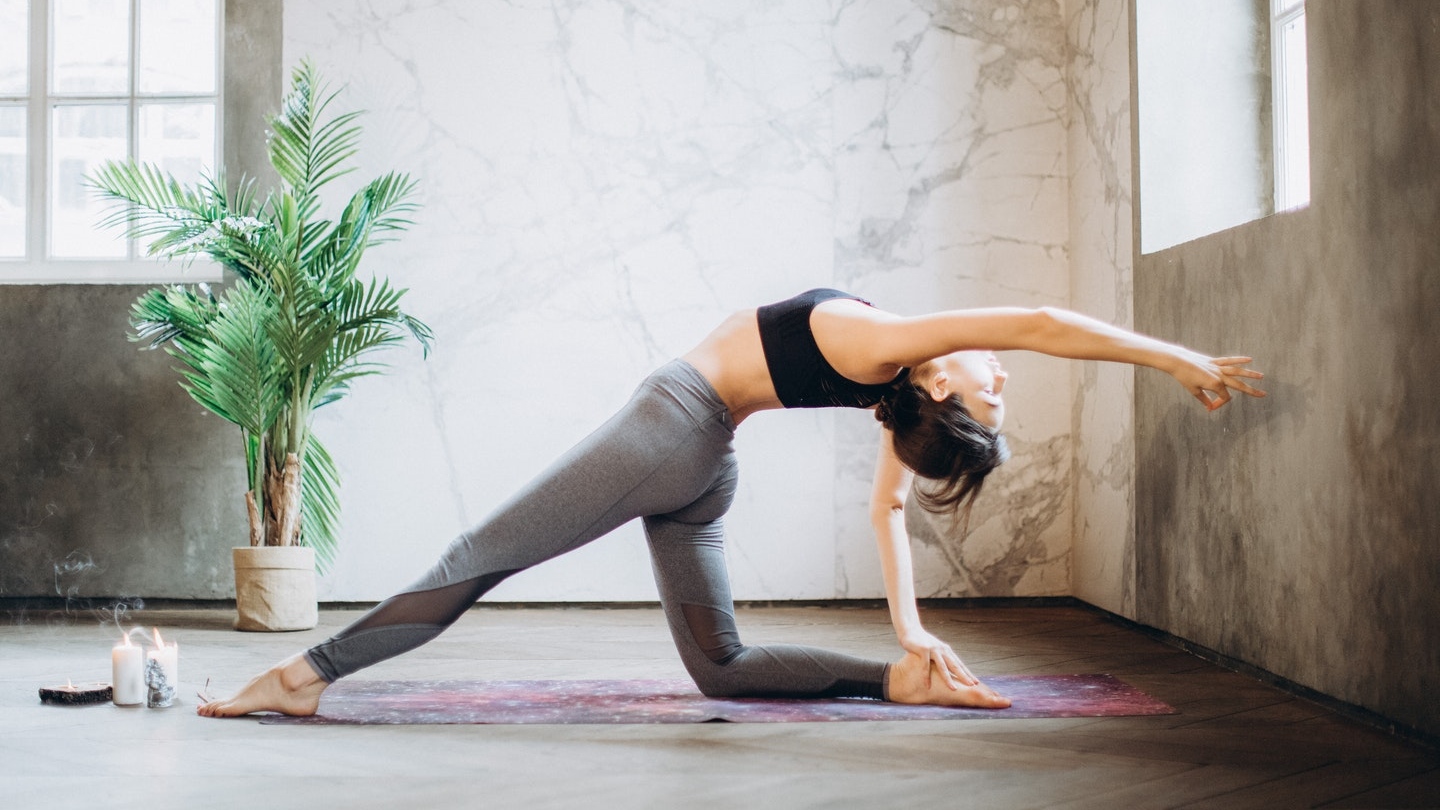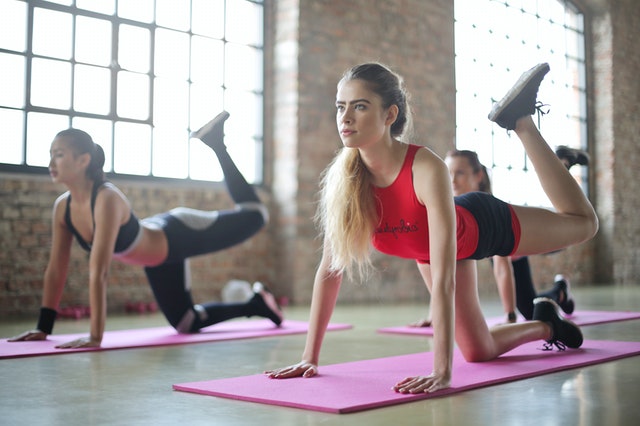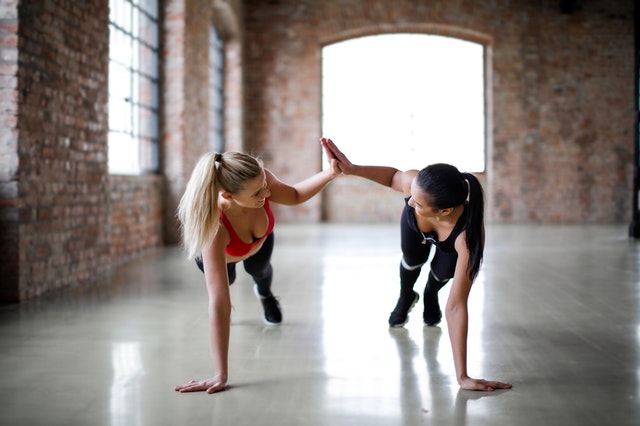HOME / PILATES

Pilates is a system of exercise and movement that is designed to increase strength, flexibility, and balance. The Pilates approach to exercise is unique and different than you have ever experienced before. It is not only a series of exercises; it is a pathway to healthier and happier living.
It integrates breath and movement within proper body mechanics to increase awareness, and use all of the muscles of the body as they were designed. Most of the exercises focus on the pelvis and trunk, utilizing both stability and mobility to train the body. It can be practiced on a Mat using your own body and sometimes small props, or on specialized Pilates Apparatus (the Pilates Reformer is the most common). Pilates classes can occur in one-on-one or group settings. Pilates is for all bodies of all ages. Part of the beauty of the method is that it can be modified to fit the needs and abilities of each individual who practices it.

1. Increases Core Strength
Pilates is famously known for its emphasis on the core — the center of the body from which all movement stems. The core is all of the surrounding muscles of the trunk that when strengthened and pliable, support and stabilize the body.
2. Improves Posture
Improved posture is the difference between weak, imbalanced muscles, headaches, shoulder or back pain, and sitting or standing tall with ease.
Pilates focuses on the full body’s alignment, ideal range of motion at the joints, and a balance of all opposing muscles. It improves posture by bringing awareness to your alignment and strengthening neglected postural muscles.
3. Decreases back pain
Pilates targets the deeper abdominal muscles and the pelvic floor to both contract and release — a true sign of strength. These muscles work like a brace to lift and support the organs and protect and stabilize the back.
4. Decreases stress
Continuing from the benefit of body awareness, the inward focus and use of breath from Pilates can down-regulate the nervous system. This, in turn, can take you out of fight-or-flight mode, lower cortisol, and decrease stress over time
5. It improves flexibility and mobility
Flexibility is the amount of passive stretch in a muscle. Mobility is the range of motion at a joint. Good mobility requires flexibility but also strength.
Mobility is something you should strive for, while flexibility in and of itself isn’t functional. You need a balance of strength and flexibility to optimize mobility.
A Pilates practice keeps moving with smooth transitions between precise and slow, controlled movements. Instead of stretching after a strengthening exercise, most Pilates exercises are a combination of the two, which improves strength, flexibility, and mobility.

The objective of this session is to develop core muscles and make the muscles more fit and dynamic in nature.
Join Session
The objective of this session is to help men develop more muscle endurance, in contrast the muscle strength usually done by weightlifting.
Join Session
The objective of this session is to use light weights to just tone the muscles.
Join Session
The objective of this session is to relax the stiffness present in the body and to make the mother more flexible.
Join Session

The objective of this session to learn what equipment is used how and and when it is used.
Join Session
The objective of this session to help seniors gain flexibilty and retain bone strength and density.
Join Session